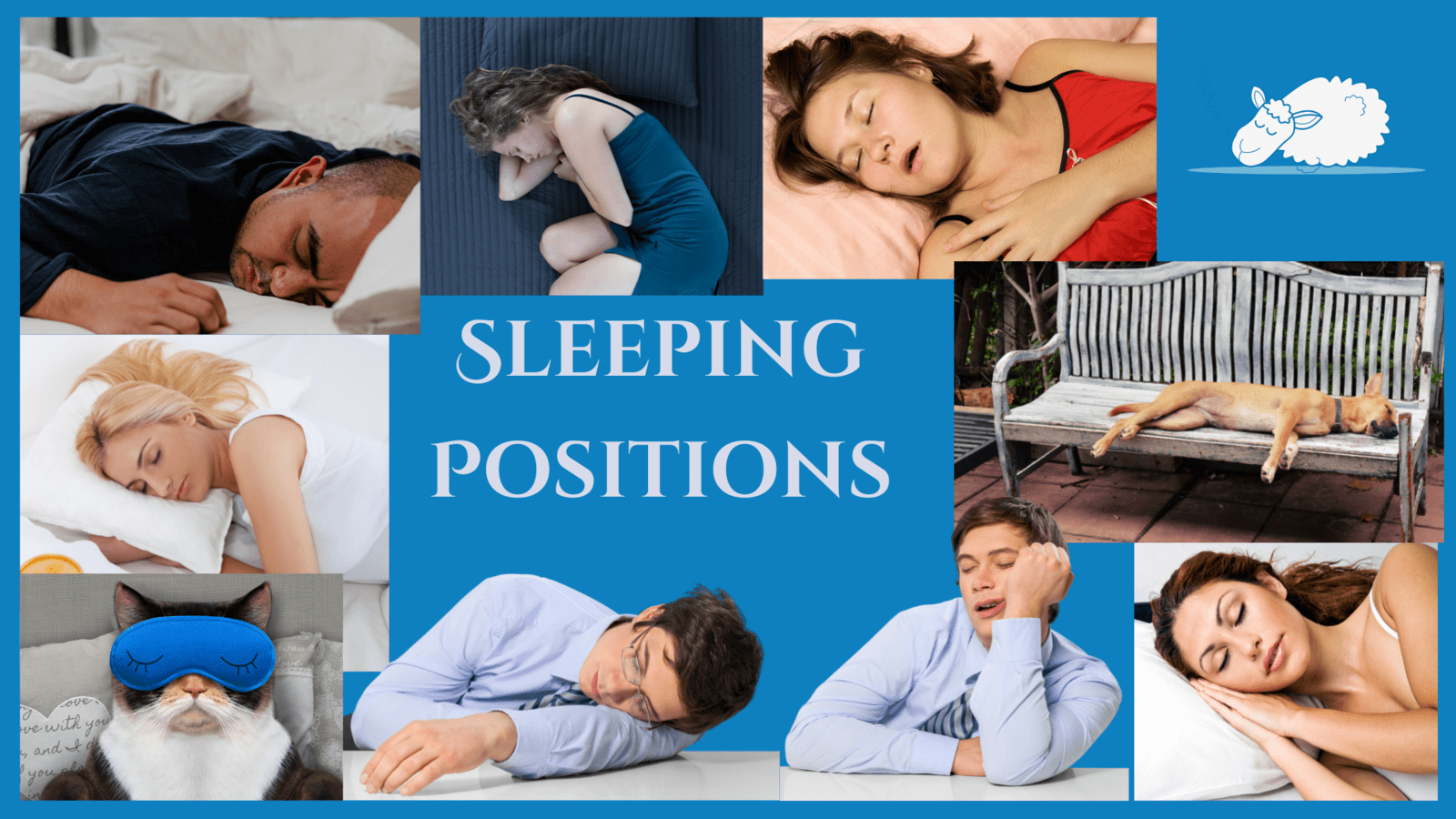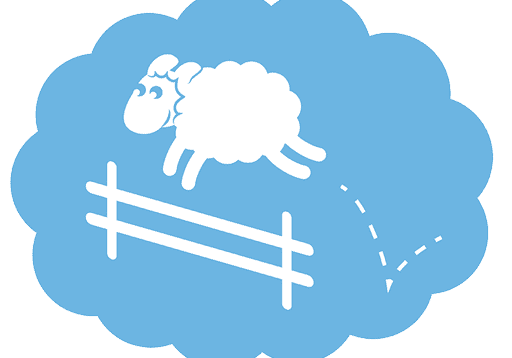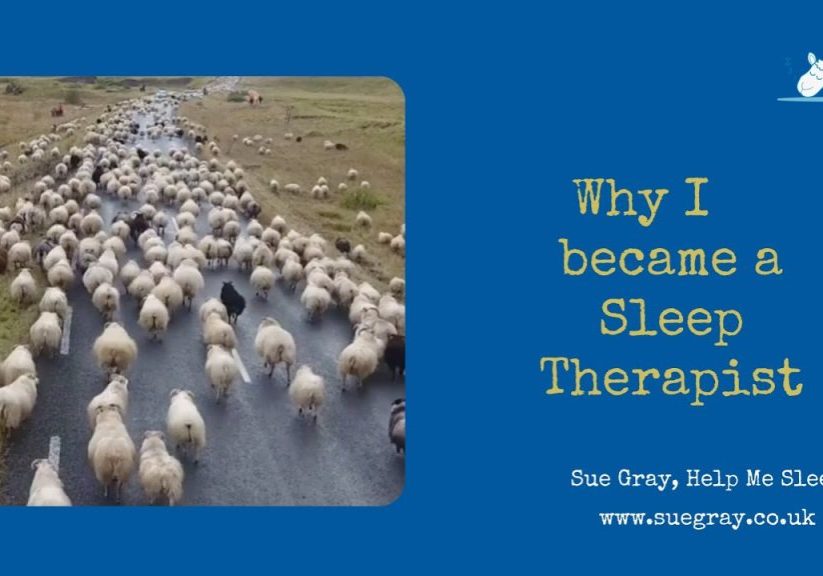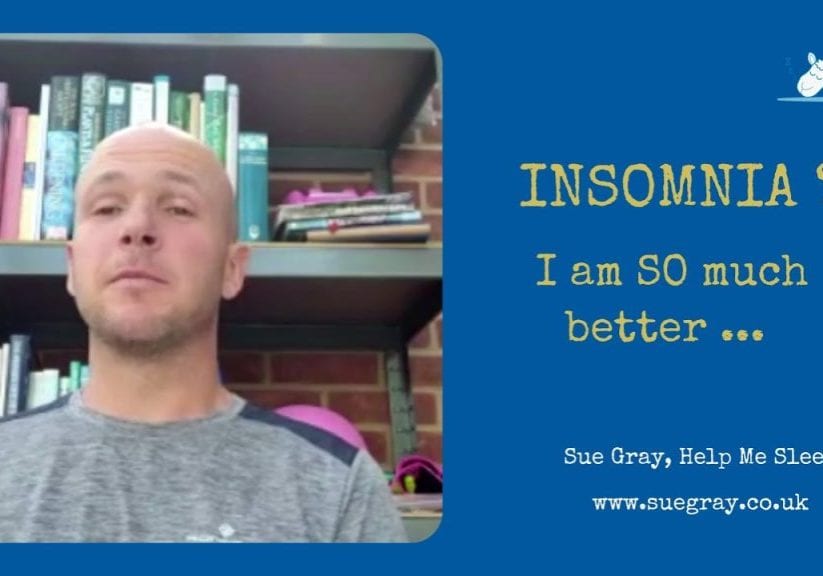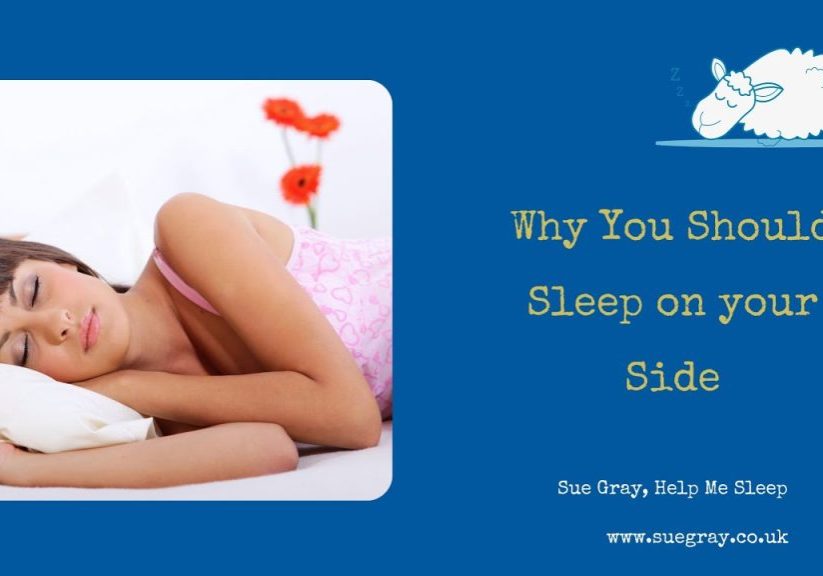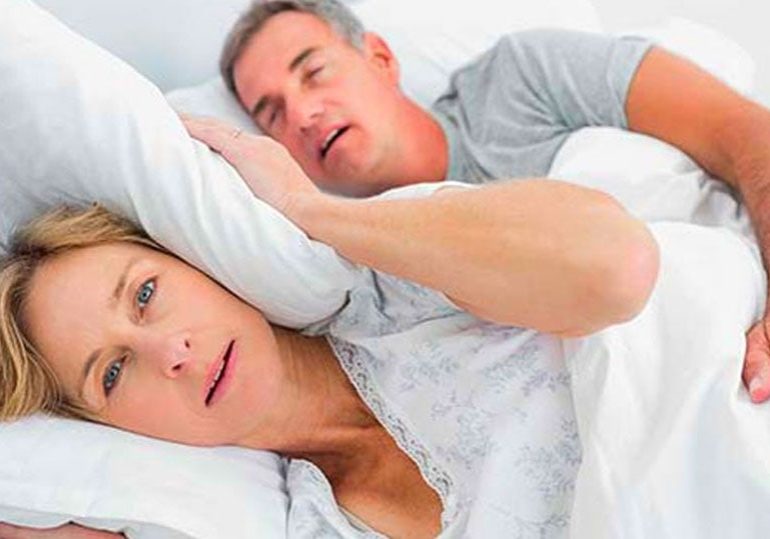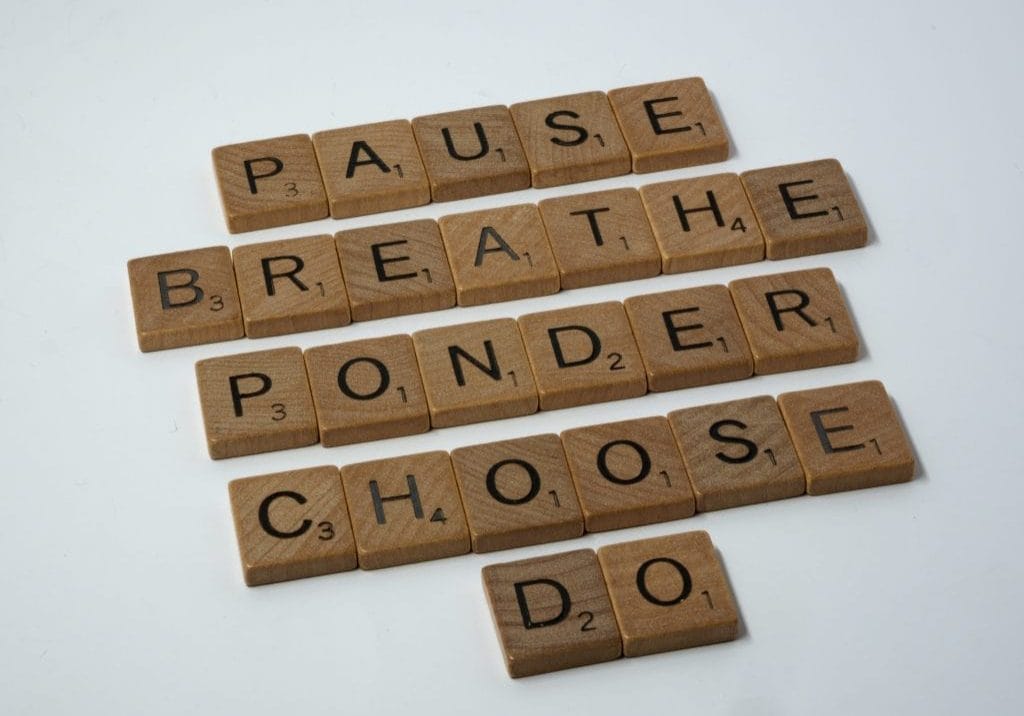Why Sleep Positions are Important
The position you sleep in is important as it impacts the quality of your sleep, how often you toss and turn or wake up, and how refreshed you feel in the morning. Additionally, it affects your overall health, pain levels, energy, and general wellbeing. Whether you are a front sleeper, a back sleeper, you sleep on your side or even sleep sitting upright, it is helpful to check whether it is the best one for you. Each has pros and cons – pain, breathing, snoring, Asthma and gut issues can all be improved by adjusting how you lie in bed.
There are five main sleeping positions
- Sleeping on your Side – left side or right side
- Sleeping in the Foetal Position
- Sleeping on your Back
- Sleeping on your Front / Stomach
- Sleeping Sitting Upright
SLEEPING ON YOUR SIDE
Research suggests that side sleeping has positive benefits and is the most popular sleeping position. Sleeping on your side can:
- Promote better sleep quality
- Relive morning aches and pains
- Help alleviate some digestive and breathing issues
- Enable your brain to clear waste that can lead to neurological conditions such as Alzheimer’s or Parkinson’s.
- It’s a very supportive position for pregnant women too.
Sleeping on Your Left Side
Do you suffer from indigestion, acid reflux and gut issues? If so, sleeping on your left side may help. As our stomachs are on the left side of our bodies, lying on the left side helps gravity draw waste from your small intestine to your large intestine.
Sleeping on Your Right Side
Asthma suffers should try sleeping on your right side, as it may help you breathe more easily at night.
How to make side sleeping even more comfortable
A good thick pillow to support your neck and head is essential if you sleep on your side. It follows that thin pillows should be avoided, as they will not give your head and neck the proper support. As a side sleeper with a stiff, painful neck, I have found that a thick feather pillow is very supportive. I am much more comfortable, and my sleep quality has improved as I wake less often.
If you find that you start off on your side but end up on your back, try placing a pillow behind your pelvis.
CURLING UP IN A FOETAL POSITION
Do you lie on your side but with your legs drawn up? Sleeping curled up is a popular sleep position and has many benefits. It can help reduce snoring and reduce pain, notably lower back pain.
There are a few downsides. For example, you may find your breathing shallow or if you curl up tight, your muscles can get stiff and sore.
How to make the foetal position more comfortable
If you like curling up, make sure your legs are loose, don’t curl up too tightly. In addition, try experimenting with using a pillow between your knees to keep your pelvis and spine neutral.
SLEEPING ON YOUR BACK
Images often portray sleeping on your back as the standard way to sleep. However, it has significant drawbacks – especially as you age. If you want to improve your sleep, try sleeping on your side.
Disadvantages of Sleeping on your Back
Snoring
As any snorer’s sleep partner will tell you, snoring is made worse when you sleep on your back. Unfortunately it is very easy for your mouth to fall open when you sleep on your back.
Mouth breathing
Mouth breathing disrupts sleep as you breathe large mouthfuls of unheated, unfiltered air, without the right balance of oxygen, carbon dioxide and nitrous oxide. This can result in waking with dry throat or mouth, or feeling unrefreshed, even though you think you slept well.
Sinuses
If you sleep on your back your sinuses are more likely to become blocked..
Reflux
Sleeping on your back also makes it much easier for the reflux to travel to your throat. Try sleeping on your left side for a better night’s sleep.
SLEEPING ON YOUR FRONT
Front sleeping can put a lot of strain on your back and neck. But front sleeping may have advantages if you need oxygen at night.
Firstly , if you wear a CPAP mask, research suggests that lying on your front is beneficial.
Secondly, the NHS recommends front sleeping (supported by pillows) – if you have Covid and need oxygen therapy, as it can help get more oxygen into your lungs because your stomach is not pressing on them.
However research does not recommend front sleeping over other positions if you do not need oxygen therapy. So sleeping on your front will not necessarily reduce reduce snoring or prevent sleep apnoea.
Most front sleepers breathe through their mouths, and medical research has highlighted problems caused by mouth breathing in adults and children.
How to make sleeping on your front more comfortable
If you sleep on your front, try using a thin pillow or sleep with no pillow, to reduce the stress on your neck.
SLEEPING SITTING UPRIGHT
Research shows that sleeping upright gives the worst sleep quality of all sleep positions. We often sleep upright if we are travelling or have a medical condition that makes it hard to sleep lying down. As most of us know, sleeping sitting up is not the best way to get deep refreshing sleep. For example,
- Falling asleep sitting upright puts pressure on our necks and backs and after a while can result in stiffness and pain.
- Another problem comes with trying to changing positions. If you are sleeping on your side or our front or back, you often move without waking. But if you are sleeping sitting up, you usually wake feeling uncomfortable and then move.
- These both result in more frequent waking and discomfort.
How to change from sleeping sitting upright
If you have got in the habit of sleeping upright, see if some strategically placed pillows would enable you to sleep on your side for at least part of the night. You could also use some HelpMeSleep therapy sessions to help ease discomfort at night.
DO YOU BREATHE THROUGH YOUR MOUTH AT NIGHT?
If you wake with a dry mouth and throat, mouth breathing is the likely cause. Also, most snorers breathe (and snore) through their mouths – although some people can also snore through their nose (I can do both!) Additionally, mouth breathing can cause jaw issues in children and may contribute to ADHD and anxiety. Therefore it makes sense to try to keep your mouth closed at nigh. A chin strap, or even sleep tape or HelpMeSleep therapy are options you could consider. Nasal obstructions also can result in mouth and give poor quality sleep. However when considering if you have a problem with your nose, bear in mind that your dominant nostril changes throughout the day (nasal cycles).
HOW TO GET USED TO A NEW SLEEP POSITION
It can take time to get used to a new sleeping position – you can use Determination, Perseverance and Pillows, but there is a shortcut – if you want to change to happen quickly and easily, try a few HelpMeSleep sleep hypnotherapy sessions.
.
Further information
Sue Gray – How to breathe for Better Sleep video
Healthline – Best Sleeping Positions for a Good Night’s Sleep
Sue Gray –How to stop snoring – blog and video
Sleep Foundation – Best Sleeping Positions
Sue Gray – How to sleep with a snorer – blog
WebMD – What’s the Best Position to Sleep In?
Sue Gray – Sleep Stages and Sleep Cycles video and blog
VeryWellHealth –The Best and The Worst Sleeping Positions for Health Conditions
Sue Gray – Are you struggling to stop snoring?
Olive Hickmott – Mouth Breathing and ADHD
Influence of Mouth Breathing on the Dentofacial Growth of Children: A Cephalometric Study
Controlled Clinical Trial – Dominant Nostrils and Sleep Quality “The effect of unilateral forced nostril breathing on sleep in healthy right-handed men: a preliminary report”


